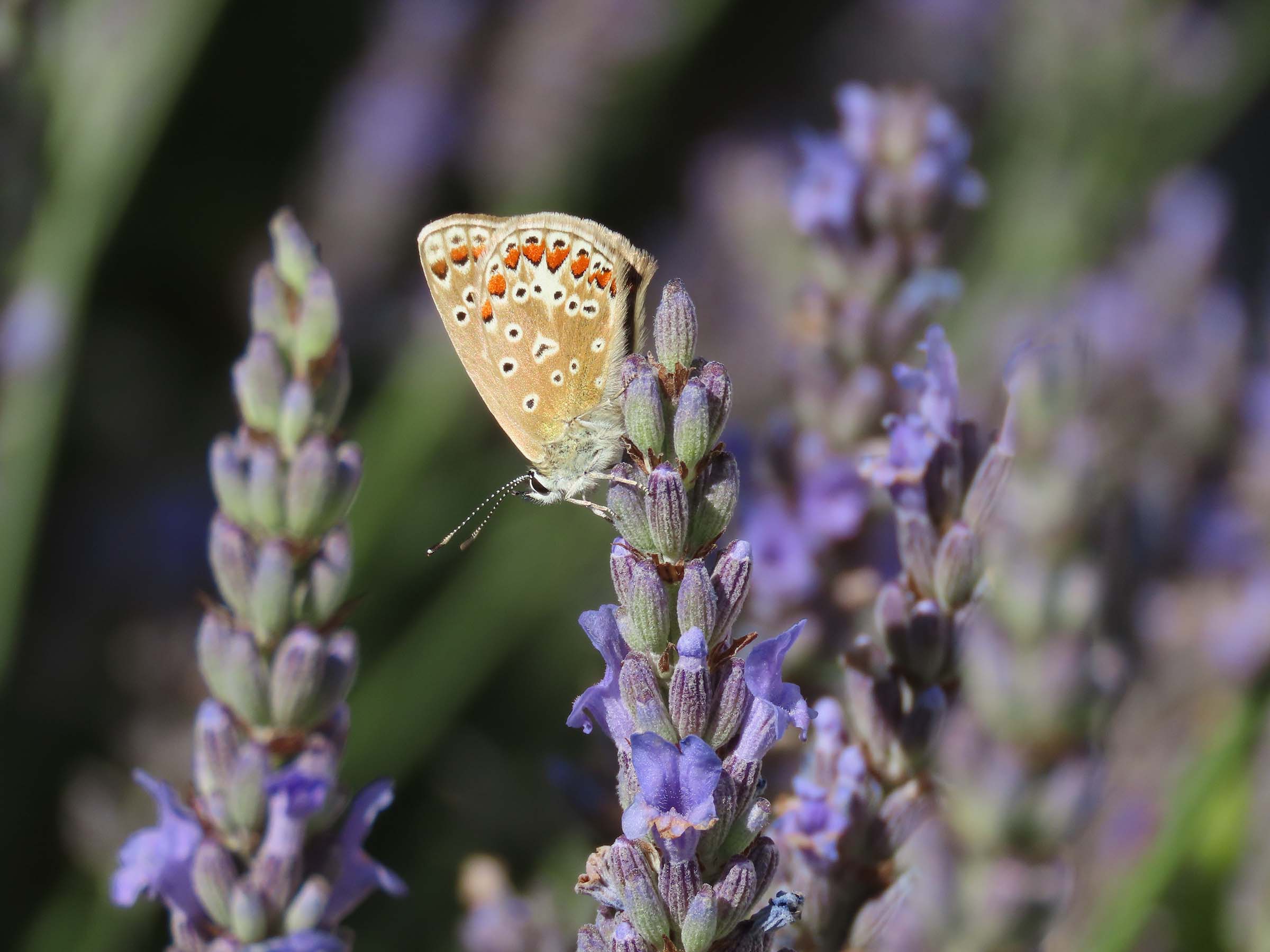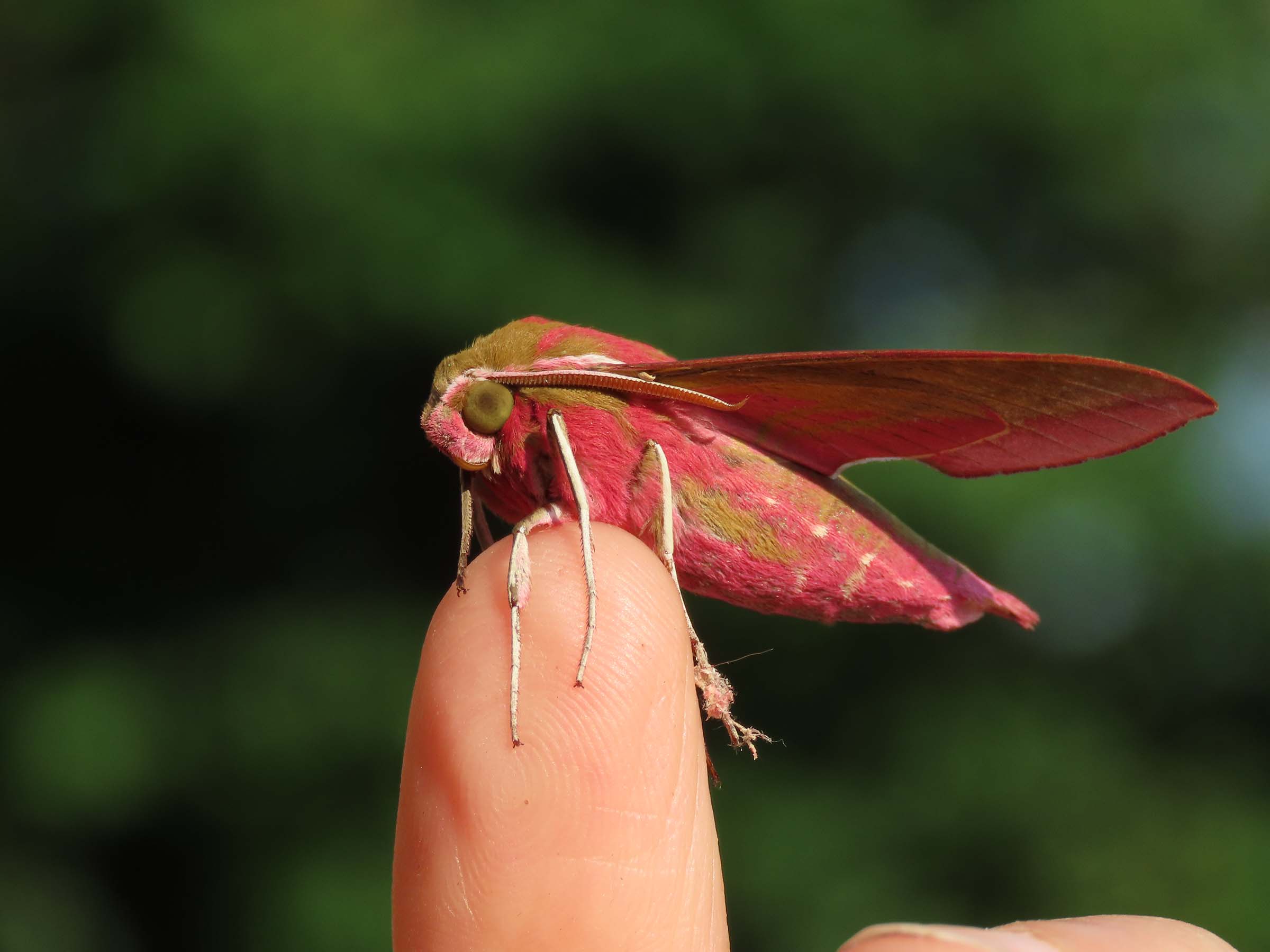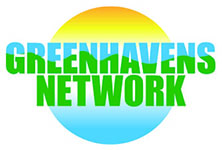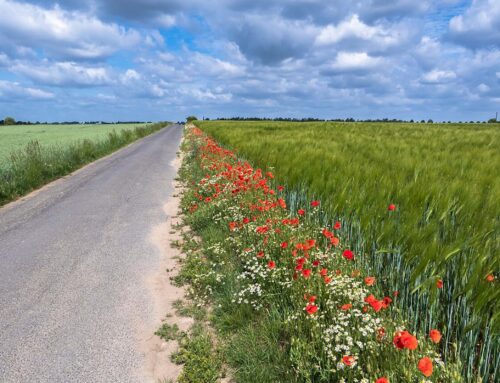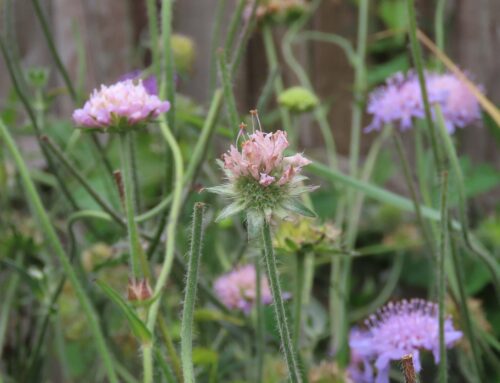Wildflowers for our Pollinators
Why Wildflowers are so important
Wildflowers play a central role in making your garden more wildlife friendly. That is because they provide an important source of nectar and pollen for our (local) pollinators! Ever expanding intensive agriculture and urbanisation threaten native wildflower habitat, with more than 97% of British wildflower meadows already being lost since WWII. This, combined with extreme weather conditions as a result of the climate crisis and increased pesticide use, creates the perfect storm for our native pollinating insects. According to Buglife, many species of bees, hoverflies, bumblebees, moths and butterflies are all in decline in the UK and across Europe.
Planting native wildflowers in your garden is therefore crucial to support your native pollinators and local wildlife in general. Over time, native pollinators have adapted to the specific flowers (their shapes and blooming times) that grow in our local environment. Native wildflowers and plants are therefore especially vital for those ‘picky insects’ that are only able to survive and live on a few native plants and wildflowers. By helping those insects you also help your local songbirds which feed on the critters.

Which Wildflowers to choose and plant
When thinking about which flowers to choose you first have to understand the soil and vegetation in your garden. Being part of the Heritage Coast, the soil in the Havens area tends to be chalky or clayish so look for plants that thrive in this habitat. South Downs National Park Ranger Jan Knowlson suggests that to look at wild habitats near your house and see which wildflowers grow there. If your garden has a similar soil type, the same wildflowers will grow there too! But since some areas have been landscaped with a topsoil, Jan stresses that it’s important to understand the soil in your garden first.
Other factors will also play a role, like how sheltered your garden is and how much sun it gets. Wildflowers generally need nutrient poor soil and direct sunlight so look for a sunny spot in your garden to plant your wildflowers.
Picking flowers for each season allows you to extend the blooming time from the beginning of spring to the end autumn. Also plant some night flowering species to attract and support moths!
Look for flowers with open and flat structures as these are easiest for pollinators to access the nectar/pollen but Jan also notes that it’s “all about diversity”. Pollinators and especially wild bees have different tongues and access flowers differently so having a diverse range of plant structures in your meadow is important, she explains.
Varieties like dandelions that have lots of tiny flowers forming sprays or platforms making it easy for insects to feed and access nectar are also a great choice!
Where to buy wildflower seeds or plugs
When purchasing native wildflowers (e.g plugs) make sure they are actually native and grown locally!
Here’s a few links of places that sell plug plants:
www.wildflowerconservationsociety.com/plug-plants
www.wildflower.co.uk/products/wildflower-plugs-and-plants/all-wildflower-plug-plants/
www.wildflowers.co.uk/plants.html
You can also check out your local garden center!
 Some plants are marked pollinators friendly, this means they are species that provide nectar and pollen and have a shape/structure that’s ideal for pollinators and they’re often grown without chemicals. The Royal Horticultural Society’s Plants for Pollinators symbol can be a good guidance to look out for when at the garden centres and plant nurseries. However, Jan warns that this is not a guarantee that chemicals haven’t been used during the growing process of these plants marked pollinator friendly.
Some plants are marked pollinators friendly, this means they are species that provide nectar and pollen and have a shape/structure that’s ideal for pollinators and they’re often grown without chemicals. The Royal Horticultural Society’s Plants for Pollinators symbol can be a good guidance to look out for when at the garden centres and plant nurseries. However, Jan warns that this is not a guarantee that chemicals haven’t been used during the growing process of these plants marked pollinator friendly.
When purchasing seeds, look for a plant mix that’s suitable for your specific area/soil type, says Chairman and Chief horticultural advisor for the Gardening In association, Dan Ori. Another way to obtain plugs and seeds is to ask your neighbours and friends. Alison Dudeny who works with the Horticultural Society shares plants among her friends.
If you want to use seeds, why not attend one of our local seed swaps? The next one is on October 23 (Seed Swap)
Some further links:
Check out this resource all about native wildflowers for our native pollinators.
This website has a list of different plants you can plant for pollinators with pictures and which pollinator it attracts (not specific to just UK/South England) https://www.discoverwildlife.com/how-to/wildlife-gardening/top-plants-pollinators-garden/
Gardening for Bumblebees
Gardening for Butterflies
Gardening for Moths
Plants for Bees
This website contains a ton of information and further links all about growing wildflowers and gardening for your wildlife.
Photos by Anne Roe and Mike Kerry
